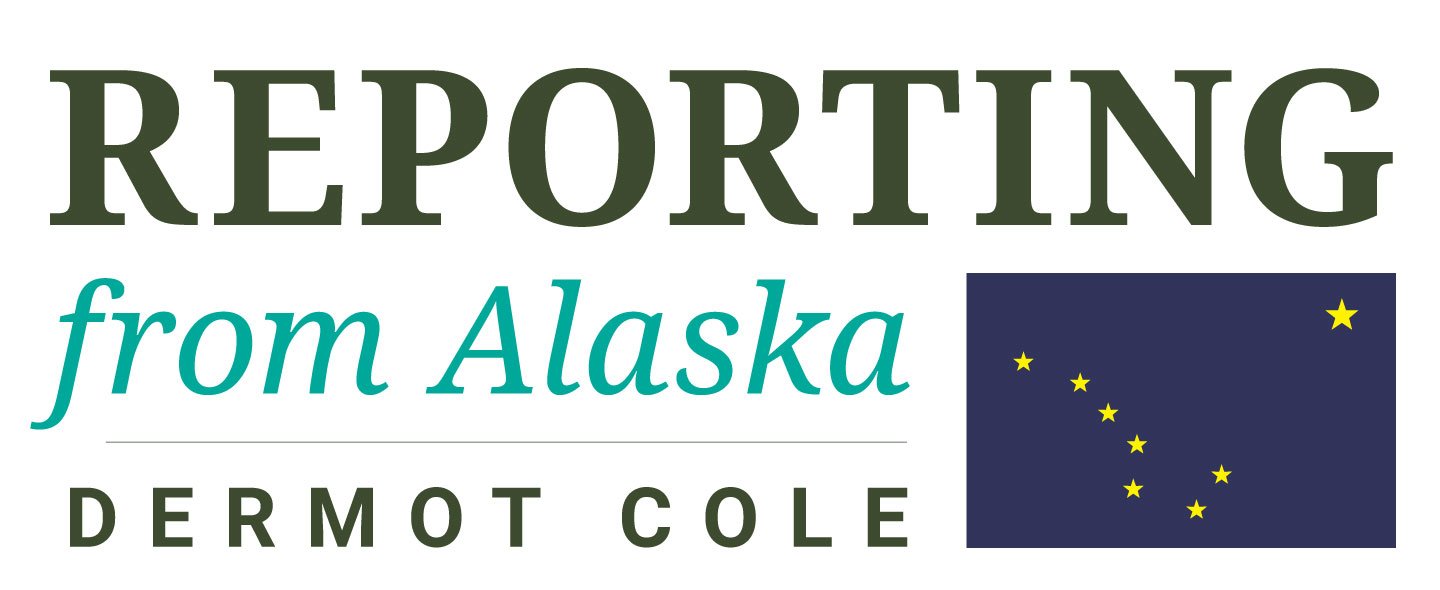AIDEA has $600 million in cash, yet Dunleavy wants lawmakers to give it $50 million
Gov. Mike Dunleavy says the first thing the Alaska Legislature should do on the budget in 2025 is approve a $50 million transfer to the Alaska Industrial Development & Export Authority to pay the potential cost for a gasline study.
This is urgent, according to Dunleavy, which is why it is the major element in his so-called “fast track’ supplemental budget.
AIDEA doesn’t need the money.
Instead of giving more to AIDEA, the Legislature should be looking at tapping into the AIDEA cash and investment securities of more than $600 million to reduce the deficit and pay for state services.
The AIDEA board voted unanimously December 4 to cover the $50 million expense that Dunleavy wants to duplicate.
According to a recent review, AIDEA had $631 million in cash or cash equivalents, Alaska public policy experts Gregg Erickson and Milt Barker told the Senate Finance Committee on May 8.
The cash is part of AIDEA’s $1.4 billion in net assets.
“The Legislature certainly has the authority to use that cash that AIDEA has. And we simply don’t see any negative impact that appropriation of that cash would have, or most of it anyhow, would have on AIDEA’s ability to keep doing what it’s doing,” Erickson said. “And there’s no reason in our opinion to believe that deploying AIDEA’s liquid assets would compromise AIDEA’s ability to meet its program goals.”
State law requires AIDEA to submit an analysis every year by January 10 that shows whether the corporation’s assets “exceed an amount required to fulfill the purposes of the authority,” but AIDEA has never offered a rigorous calculation of that sort, Erickson said.
What AIDEA does instead is claim that it needs all the money it has, but it provides a relatively small transfer of its assets to the Legislature as part of a so-called dividend. The law requires that from 25 percent to 50 percent of its net earnings for the year be transferred to the state general fund.
The Legislature should look into the excess stash of AIDEA cash and move what is not needed to the general fund to help pay for state services and reduce the need for drawing on other state savings.
On December 4, the AIDEA board members voted unanimously to set the dividend at $20 million, a number that appeared to have been agreed upon in advance because there was no debate on whether it should be higher or lower. The net income for the fiscal year was $66 million.
The dividend was required to be at least $16.5 million to meet the 25 percent requirement. It could have been set at $33 million.
Board member Albert Fogle moved to set the dividend at $20 million. The only discussion that followed was that $20 million was a great dividend to pay to the state treasury and that AIDEA has done a great job.
The “debate” was like the script of a play with rehearsed lines.
“That’s a substantial jump from last year’s dividend to the state,” said Adam Crum, the revenue commissioner and an AIDEA board member. “You know what’s the ballpark Randy that this puts like total dividends AIDEA’s paid out?”
“Member Crum this will bring the total historical payment of dividends by AIDEA to the state treasury at nearly half a billion dollars. Half a billion with a b,” said Randy Ruaro, the former Dunleavy chief of staff who is the AIDEA executive director.
“Has AIDEA always paid a dividend to the state each year?” the revenue commissioner asked.
“AIDEA has always paid a dividend to the state,” Ruaro said.
“And you only can do that if you’re profitable and bringing in based on the statutory net income calculation?” asked the revenue commissioner.
“That’s correct. That’s the tie-in,” said Ruaro.
Julie Sande, the commerce commissioner and an AIDEA board member, picked up the “questioning” from there.
“Director Ruaro do you happen to have in front of you just for fun what some of the dividend amounts were over the last five years?” Sande asked.
“The only reason I ask is I want to make sure that we put on the record again, just like Commissioner Crum did just a second ago, you know, the value of those dividends and what they represent in services to the people of Alaska. And the AIDEA staff, the board, you know, how much time and effort is put into each of the decisions that come before us,” Sande said.
“Despite all of that there are times where especially as the executive director you are put in a position to have to defend an organization that in my mind is making really good decisions on behalf of Alaskans,” she said.
The dividends paid by AIDEA to the state treasury demonstrate the agency’s success, she said.
Ruaro said the $20 million proposal was the largest in a decade. The last four years saw dividends of $10 million, $17 million, $6 million and $18 million.
There was no discussion of the $631 million in cash. And no discussion on why $20 million was the right number.
Erickson and Barker wrote that AIDEA received $849 million in state money between 1981 and 2023, while returning $557 million in dividends.
Your contributions help support independent analysis and political commentary by Alaska reporter and author Dermot Cole. Thank you for reading and for your support. Either click here to use PayPal or send checks to: Dermot Cole, Box 10673, Fairbanks, AK 99710-0673.
Write me at dermotmcole@gmail.com.


